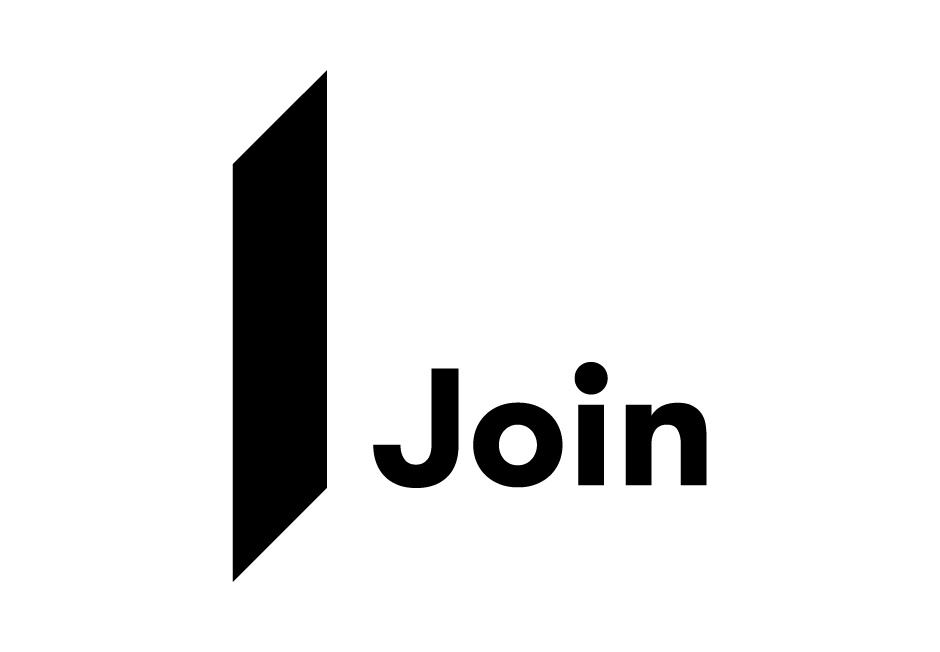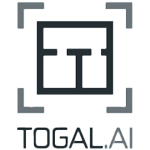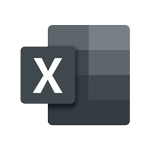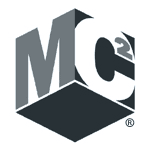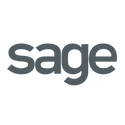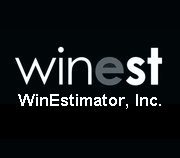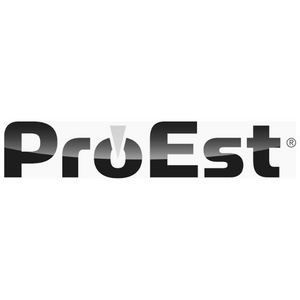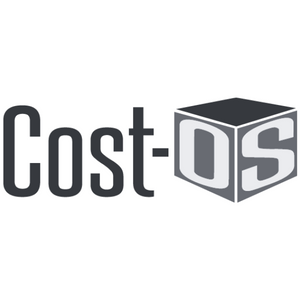Why Construction Planning Tools Are the Secret to Winning More Bids

Truebeck Construction had built its reputation on high-quality work and strong client relationships. But, like many companies, they were struggling with their estimation process. It was slowing them down. Manual spreadsheets, disconnected systems, and limited collaboration made it challenging to submit bids promptly when new jobs arose. They knew that early bids can make a good impression.
When Truebeck lost out on a project because their proposal lacked clarity and detail, they knew it was time to make some changes. They decided to implement a new construction planning tool: DESTINI Estimator. It completely transformed their whole estimating process. It streamlined collaboration and began producing bids that were not only faster, but also more accurate and compelling. It was a game-changer.
Truebeck’s story is far from unique. Construction planning tools are no longer a luxury, but a necessary tool for any construction company that wants to remain competitive. They improve your estimates and help keep projects on track. If you’re looking for a way to improve your processes and land more bids, construction planning tools are your key to winning.
What Are Construction Planning Tools?
If your construction company is rooted in “the way we’ve always done things,” you may very well get left behind. Today’s construction planning tools are modern software solutions designed to support every stage of the project lifecycle. From preconstruction to closeout, they help teams manage costs, schedules, documents, and collaboration with greater efficiency. No more spreadsheets or siloed systems. Cloud-based systems are designed to integrate with all your tools and keep everyone on the same page.
At their core, construction planning tools fall into four categories:
- Estimation tools
- Document management systems
- Scheduling platforms
- AI-powered analytics
Each type of tool plays a role in keeping your projects aligned. Risks get identified early, helping teams make informed decisions.
For example, estimation tools like DESTINI Estimator help teams create pre-built templates, run cost estimation scenarios, and update figures in real-time as the scope changes. Document management and project management systems, such as Procore ensure version control and compliance. Decision management tools, such as Join, help estimators ask the “what if” questions and see the cost impact while tools like Microsoft Power BI enable data sharing and collaboration with external stakeholders. Scheduling platforms help your teams with tracking and resource allocation. AI-powered forecasting adds a whole new layer by analyzing data to help firms anticipate risks and adjust strategies before they become problems. Add in BIM 360 modeling and 2D and 3D takeoff tools, such as with Autodesk, Togal, or Beck Technology’s own AI Takeoff, and quickly visualize, measure, and update construction documents that flow through to the estimates.
Winning a bid isn’t just about coming in with the lowest price. Clients want to know that their project will be done on time, stay within budget, and avoid surprises. Construction planning tools help you improve bid accuracy and transparency, providing numbers you can share confidently.
The result is a comprehensive, credible, and client-ready proposal.
Results That Matter
When Truebeck started using DESTINI Estimator, the results for its operations were measurable. Estimates that used to take days were done in just hours. Cross-department collaboration improved as estimators, project managers, and executives worked from the same set of data. Cost estimation became more accurate, which reduced the risk of overruns and change orders.
From then on, Truebeck’s bids became more competitive. Clients reviewing their proposals didn’t just see numbers, but a clear plan that was supported by real-time data, document management, and forecasting. That clarity translated into trust, which led to more wins.
Building a Smarter Toolkit
Today’s construction teams rely on a range of platforms to manage complexity, reduce delays, and maintain visibility across the project lifecycle. By integrating a few specialized tools, you can create an even more effective work environment.
By connecting platforms like these to DESTINI Estimator, you can create a comprehensive toolkit that supports every stage of your project lifecycle. Teams can transition seamlessly from preconstruction to execution, keeping projects on track and clients informed.
Choosing the Right Tools
Not every tool is a good fit for every team. Choosing the right construction planning tools takes careful evaluation. Consider scalability. Will the tool grow with your business? Will it integrate with your existing systems? How steep is the learning curve? Does it offer exceptional training and support?
Take advantage of trial periods and demos whenever possible. Many platforms offer hands-on experiences that allow you to assess the fit and functionality before making a commitment. It’s a smart way to test drive new software before investing valuable time and money.
A Connected Advantage
One of the biggest strengths of modern estimating platforms is their ability to work seamlessly with the other tools construction teams already depend on. Instead of forcing people to change the way they operate, these systems are designed to connect with scheduling software, document management platforms, financial reporting tools, and even databases that provide cost benchmarks.
This kind of integration ensures that estimating doesn’t happen in isolation. Information flows smoothly between departments, updates are reflected in real time, and teams can make decisions based on a single, consistent source of truth. By linking together estimation, scheduling, document control, and financial oversight, firms create a unified system that supports the entire project lifecycle.
For companies like Truebeck, this connected approach has been transformative. It has enabled them to move beyond fragmented processes and develop a streamlined, data-driven approach for preconstruction. In a competitive industry where accuracy and speed often determine who wins the work, that kind of advantage can make all the difference.
Planning Tools as Strategic Assets
Construction planning tools are operational aids, to be sure. But they’re more than that. They’re strategic assets. They can help your firm deliver more accurate bids, reduce your risk, and build stronger client relationships. In a market where margins are tight and timelines are even tighter, these tools can give you a competitive edge.
Truebeck’s story is a good example. By adopting the right construction planning tools, they transformed their estimating process and positioned themselves to win more work. Their experience shows that investing in planning tools isn’t just about efficiency; it’s about strategy.
As the construction industry evolves, with an increasing reliance on AI-powered forecasting and cloud-based collaboration, it’s the firms that embrace these tools that will take the lead.
Bidding Stronger and Building Smarter
Construction project management software is reshaping the way firms approach preconstruction and bidding. They provide the accuracy, transparency, and collaboration that clients demand, while enabling construction teams to keep projects on track and deliver value.
Truebeck’s success with DESTINI Estimator demonstrates the power of these management tools. By embracing a platform that integrates cost estimation, document management, AI-powered forecasting, and real-time collaboration—and by leveraging the integrated partner ecosystem—they positioned themselves to win more bids and build with confidence.
If you want your firm to stay competitive, the answer is clear. Invest in construction planning tools, embrace integration, and treat preconstruction not as a hurdle, but as a strategic advantage. With the right tools in place, you can plan more effectively, bid more competitively, and deliver better results for your clients and your business.

-1.png?width=112&height=112&name=image%20(4)-1.png)

